5 Ways to Change Food Packaging for a More Sustainable Future
Packaging is essential in the food industry to protect delicious products from damage, to keep food fresh, to give consumers ingredient information, and to provide branding and advertisement. The question is, how do we package our food without negatively impacting our environment or compromising food quality and safety? There are many alternatives worth considering.
Government and Consumer Intervention
In recent years, consumers, producers, and governments have become increasingly aware of types of packaging used for food products – especially plastics that are very difficult to recycle – and regulators have pushed for more sustainable practices. For example, in Canada the federal government has banned certain single-use plastics such as plastic bags, cutlery, and stir sticks. As of August 2023, food packaging is the next target.
The increased legislation and growing consumer preference for environmentally conscious solutions has impacted the food industry to respond with new and more sustainable packaging options, with a focus on education, reduction, reuse, and, of course, recycling.
1. Understand the Future Impacts of Today’s Plastic Packaging
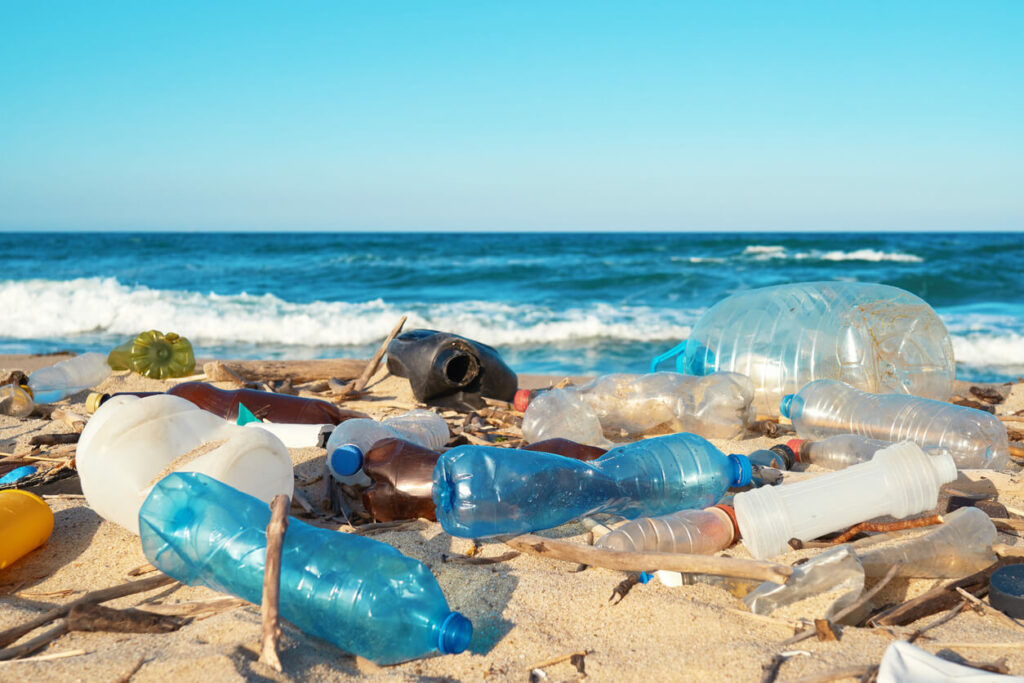
Globally, millions of tons of plastics are produced each year. The United Nations has reported that less than 10% is recycled. The majority of the plastic waste ends up in landfills or contaminating the environment and oceans. Unfortunately, plastics take hundreds of years to break down on their own, and will transform into microplastics which are becoming a serious concern for human and environmental health.
It is often cheaper and more reliable to create new plastics than attempt to recycle, which is challenging for multiple reasons including:
- Food contamination,
- Different types of plastic being mixed together, and
- Lack of consumer understanding and awareness.
The education of both those producing packaging and those consuming packaged goods are vital to reducing plastic waste. It is critical that we understand the impact our choices make and address key concerns such as:
- How can plastics be used more efficiently?
- What products need to be packaged in plastic?
- What alternatives do we have to plastic packaging?
- What types of plastic can be recycled?
- How do we properly sort recycling?
Change will happen when both consumers and producers become not only aware, but also better educated in reducing plastic waste and using other more sustainable packaging options.
2. Reduce Packaging
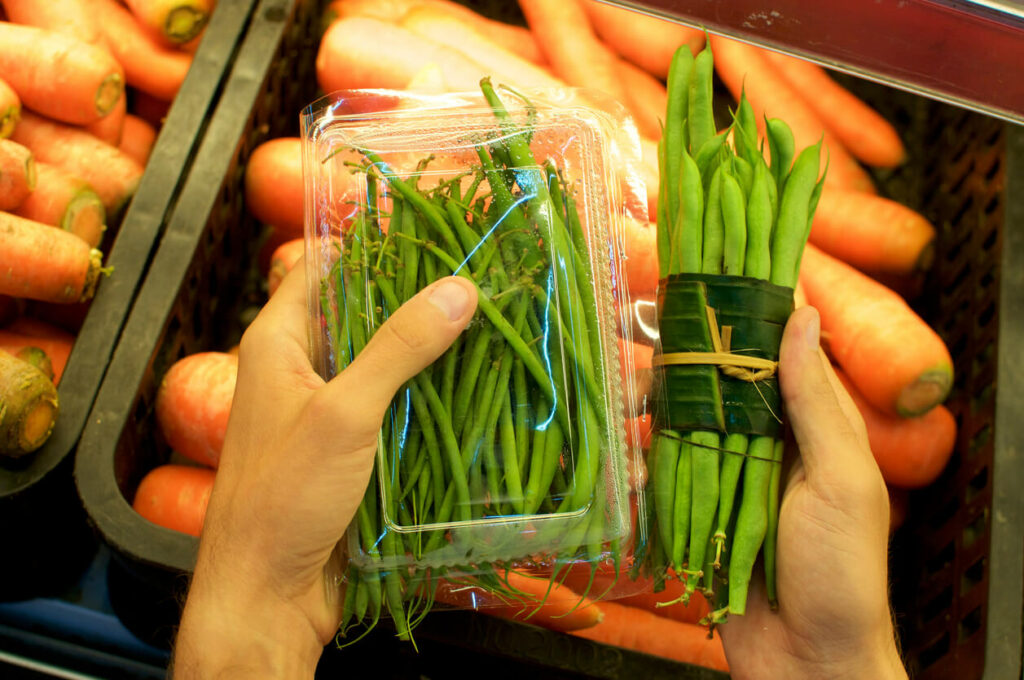
As a starting point, where can we simply reduce our use of plastics?
Let’s challenge our assumptions that products need multiple levels of wrap. Let’s validate each package for its purpose of ensuring the integrity of the product. Even a seemingly small reduction in packaging will result in a large outcome when multiplied by the number of products on a global scale. We are seeing this happen in the way that products, such as meat and carrots, are packaged more efficiently, with less of a tray and less wrap.
Reducing packaging weight and size will also help to reduce logistics and shipping costs. So, there are added benefits both directly with today’s dollars and again for our environment.
Finding other ways to reduce plastic waste can come from assessing how plastic is used at each step of a food process at the factory, and determining if plastic can be removed from certain steps in the manufacturing process.
3. Reuse Packaging
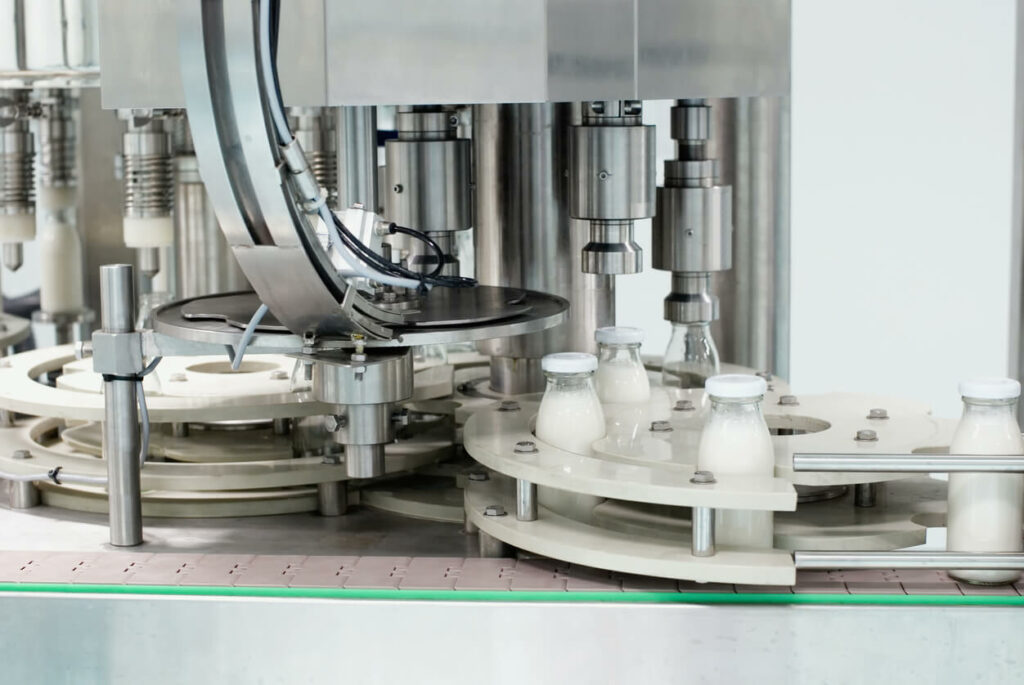
Instead of replacing single use packaging, another approach is to change the “single use” to “multiple use” – and to engage the “reuse” part of the established reduce-reuse-recycle campaign.
Some companies offer 100% reusable and returnable packaging for items such as coffee, pet food, milk, and other commodities, with packaging made from aluminum, glass, or other durable materials. The idea is that consumers will bring their empty packaging back to the store and receive a refund for the deposit, and the package can then be cleaned and re-used for new products by the manufacturer. Beer bottles have been successfully recycled in this way for decades in Canada.
Do you remember glass milk bottles being delivered? Those bottles are back in some local dairies!
Yes, the durability required for reusable and returnable programs makes the initial packaging more expensive and carbon intensive than single-use packaging. The offset is that this packaging is more sustainable and ultimately less costly in the long term when reused repeatedly.
It is important to note that it may take time for reusable containers to become common again, due to the required changes in logistics and consumer behaviours from the current convenience of single use packaging. However, it is encouraging to see this transition happening!
4. Chemical Recycling Methods for Plastics
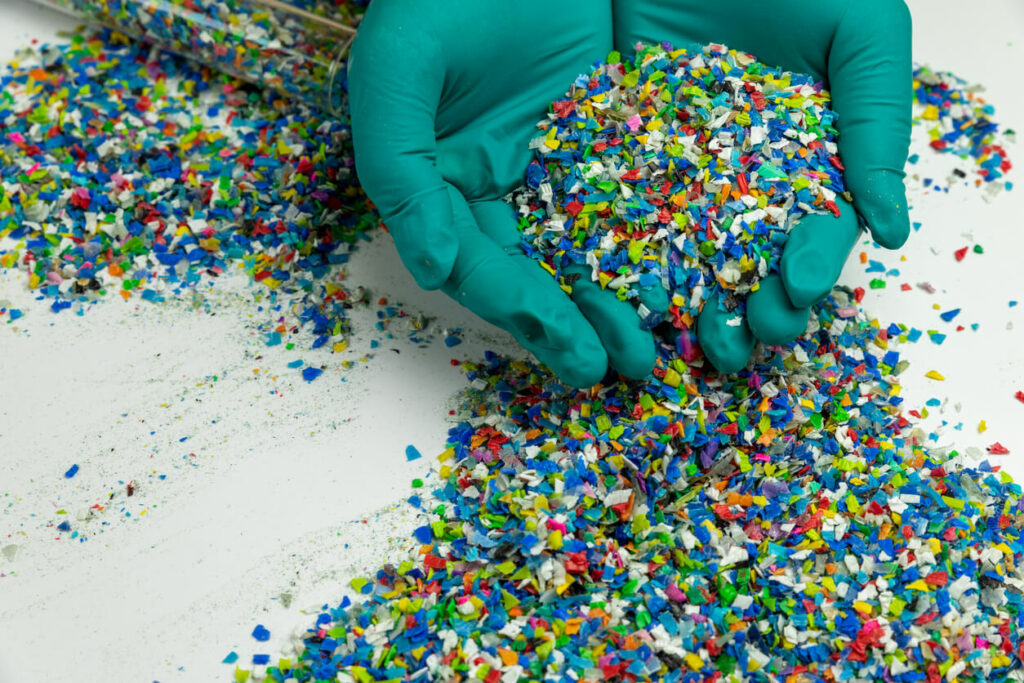
As traditional plastics are sorted, cleaned, shredded, melted, and remolded into new plastic products during recycling, quality is degraded and the strength of the plastic is reduced with each round of recycling.
One way around this is to use plastic polymers that are capable of being broken down into monomers, or individual plastic molecules, which can be reformed into new plastic products without degradation.
This chemical recycling method can be considered part of a circular economy and may allow for greater amounts of plastics to be recycled, as it avoids the issue of degradation of current recycling methods.
5. Choose Sustainable Packaging Options
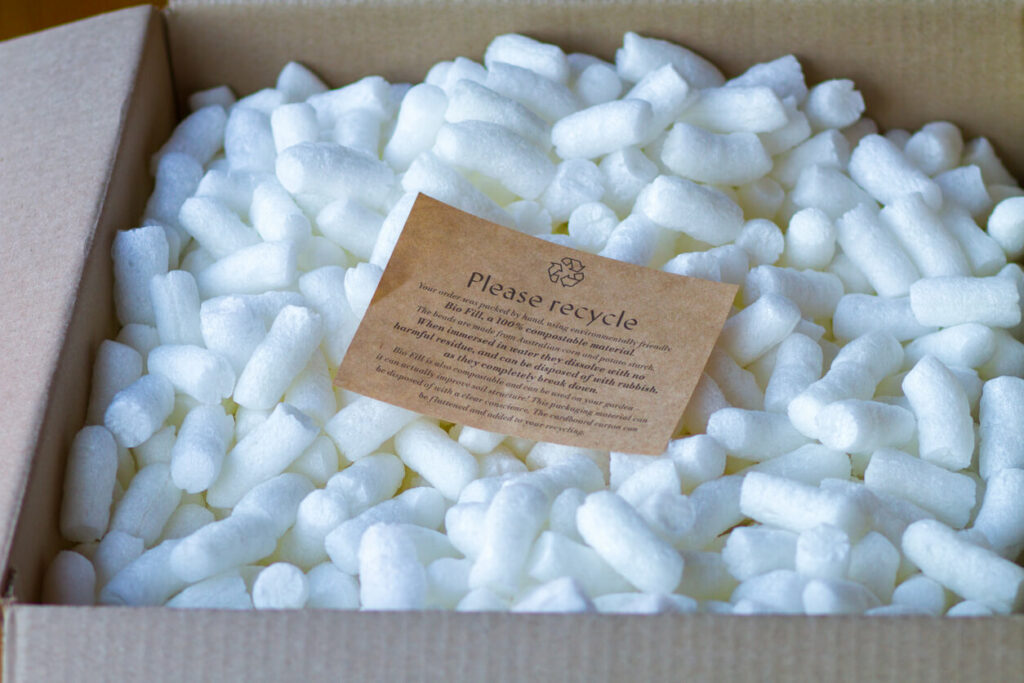
Another way to make more sustainable packaging is to substitute plastics with alternatives that are compostable or biodegradable. As an example, void spaces can be filled with low impact air packets or starch based “packing peanuts” in place of polystyrene foam packing materials.
Using more paper-based packaging is another biodegradable option. We have seen this happening with produce stickers, cardboard take out containers, bread bag clips, and produce or baked goods in paper bags. Paper can be combined with coatings or waxes that will protect the paper and improve barrier properties so it can be used for a variety of products.
Other potential biodegradable packaging materials being pursued are derived from fungi, hemp, seaweed, cane sugar pulp, bamboo, and even cornstarch.
Ready to Make Some Changes?
The pressure to make packaging more sustainable will only increase as we deal with the plastics already in our environment and oceans. While traditional plastics have allowed for durable, cheap, and food-safe packaging, more sustainable packaging will continue to be the trend moving forward. It’s time to make a change!
IFAB can assist food producers with making sustainable packaging changes by:
- Assessing your current packaging process and identifying key improvement areas.
- Engaging in a freshness analyses to ensure your food meets your standards, while meeting new packaging requirements.
- Help you understand your options, introduce you to new technologies, and demonstrate ways to make positive changes.
If you are looking to improve your packaging process, meet legislative requirements, and take care of our planet, IFAB can help!